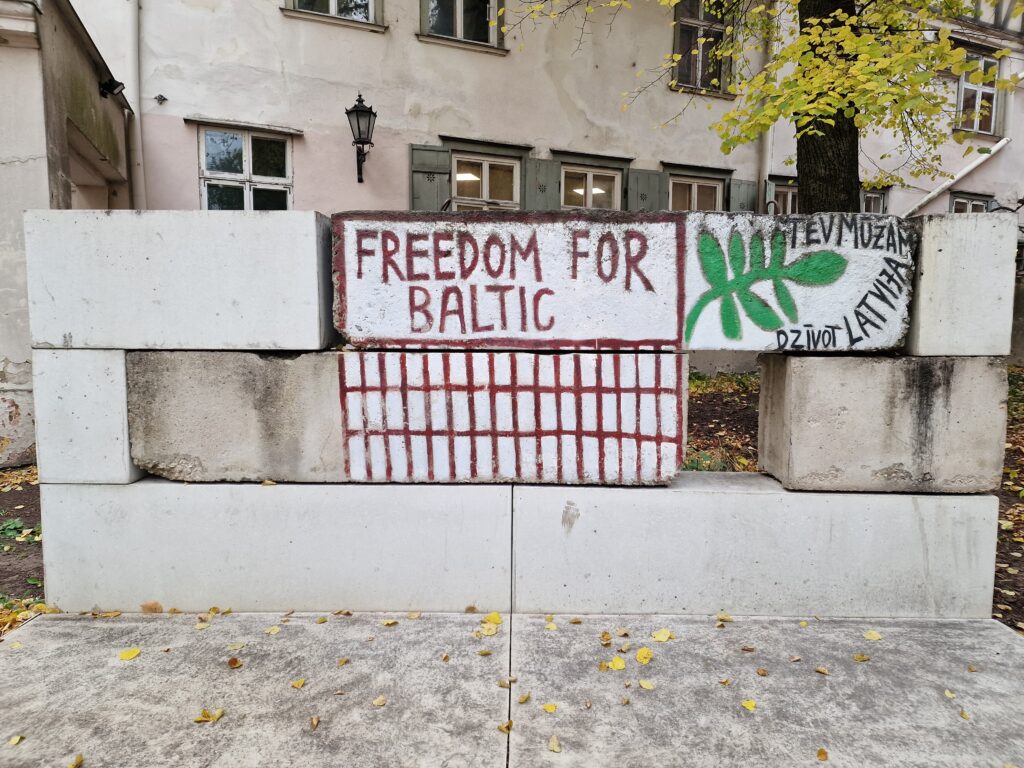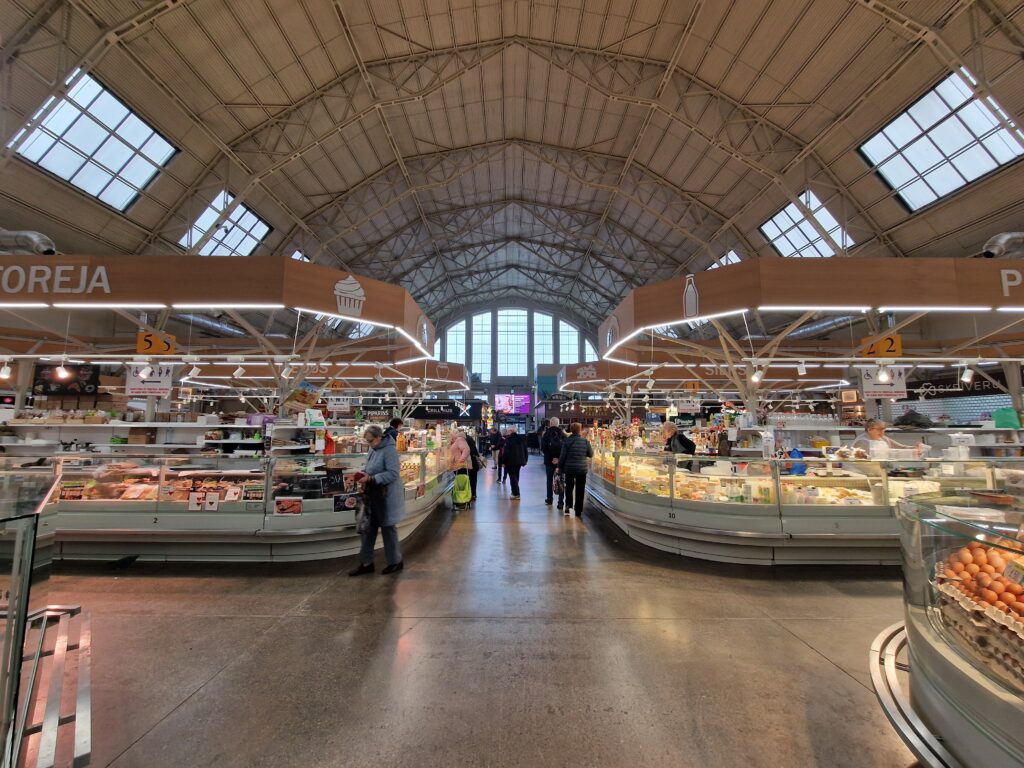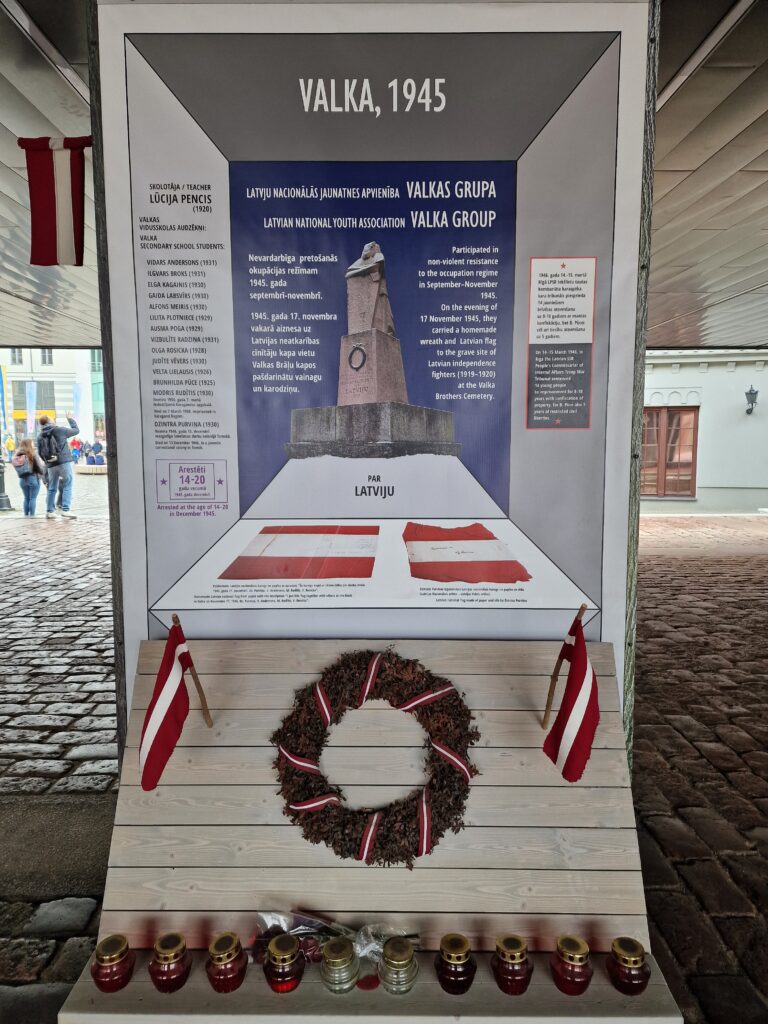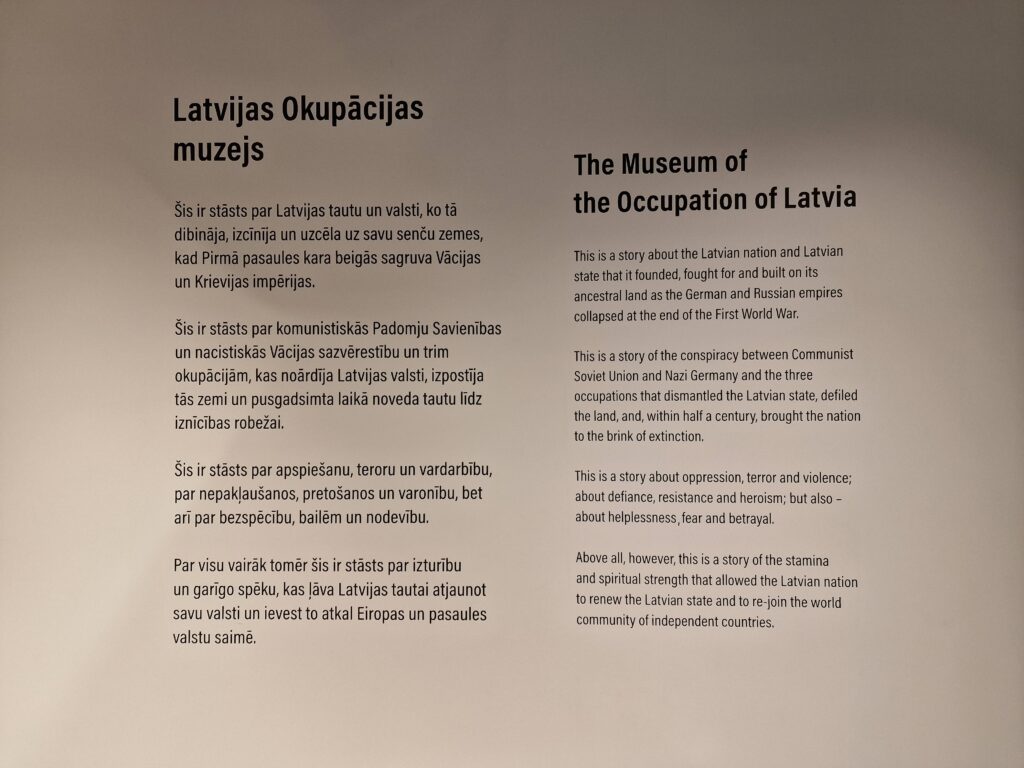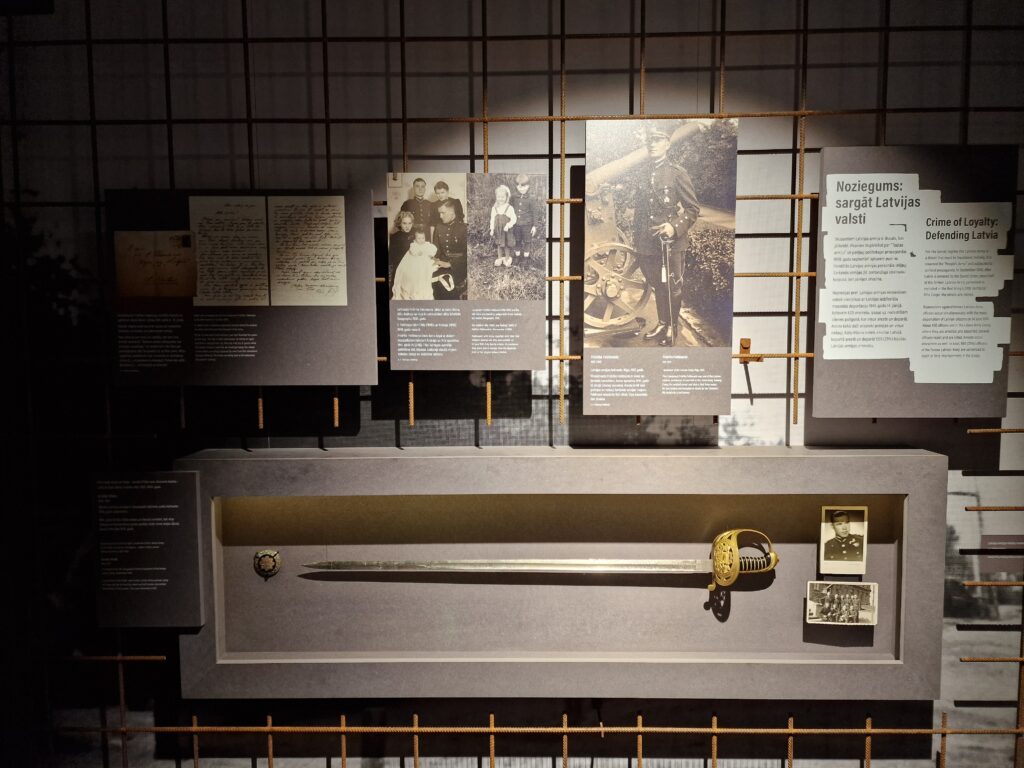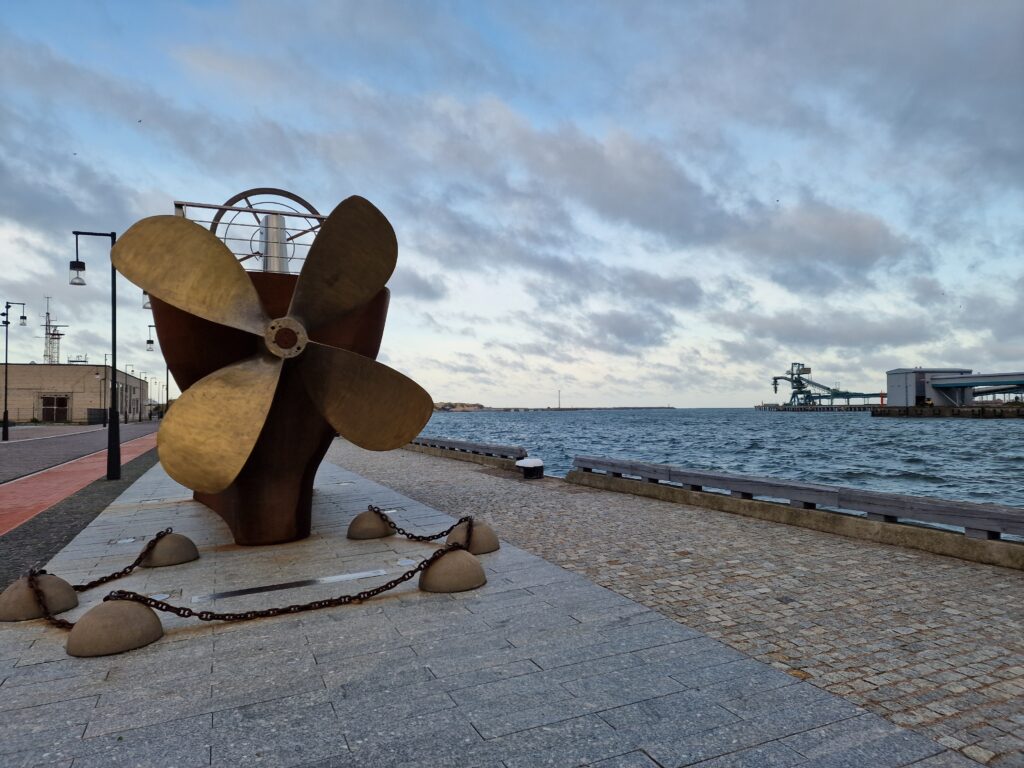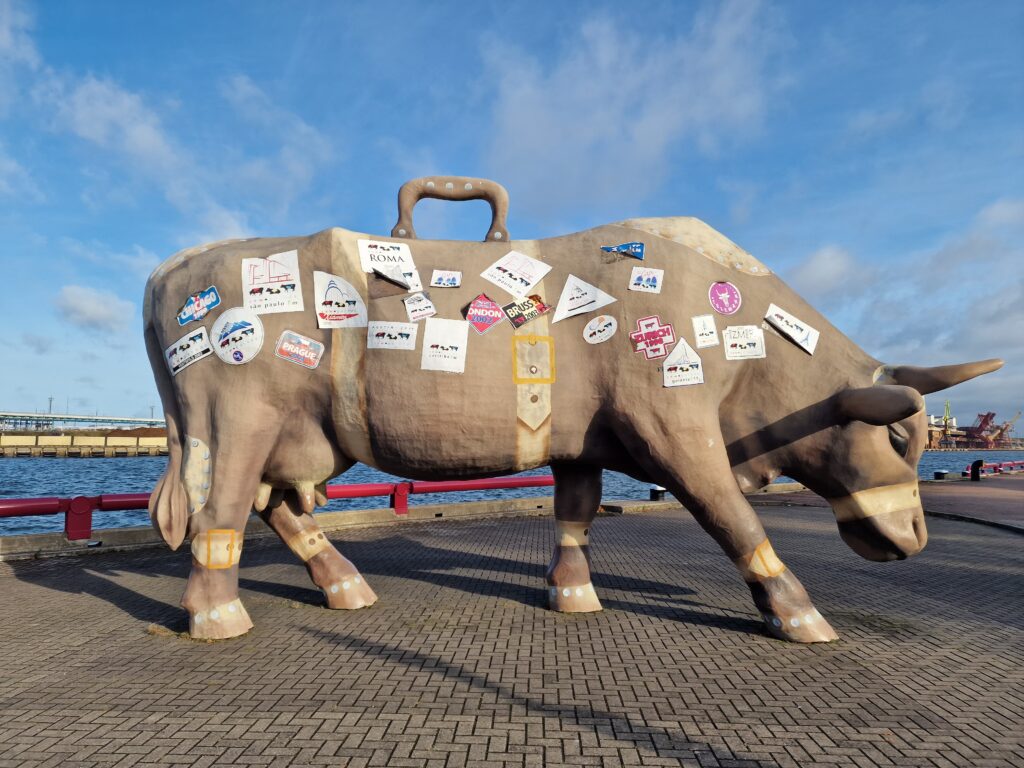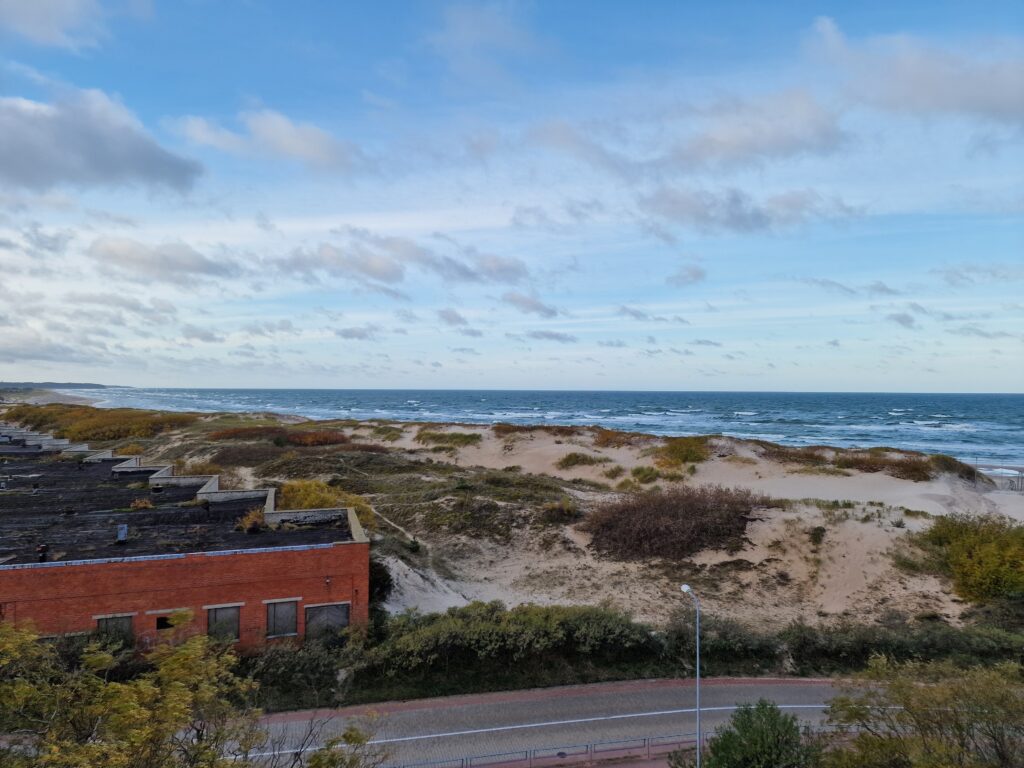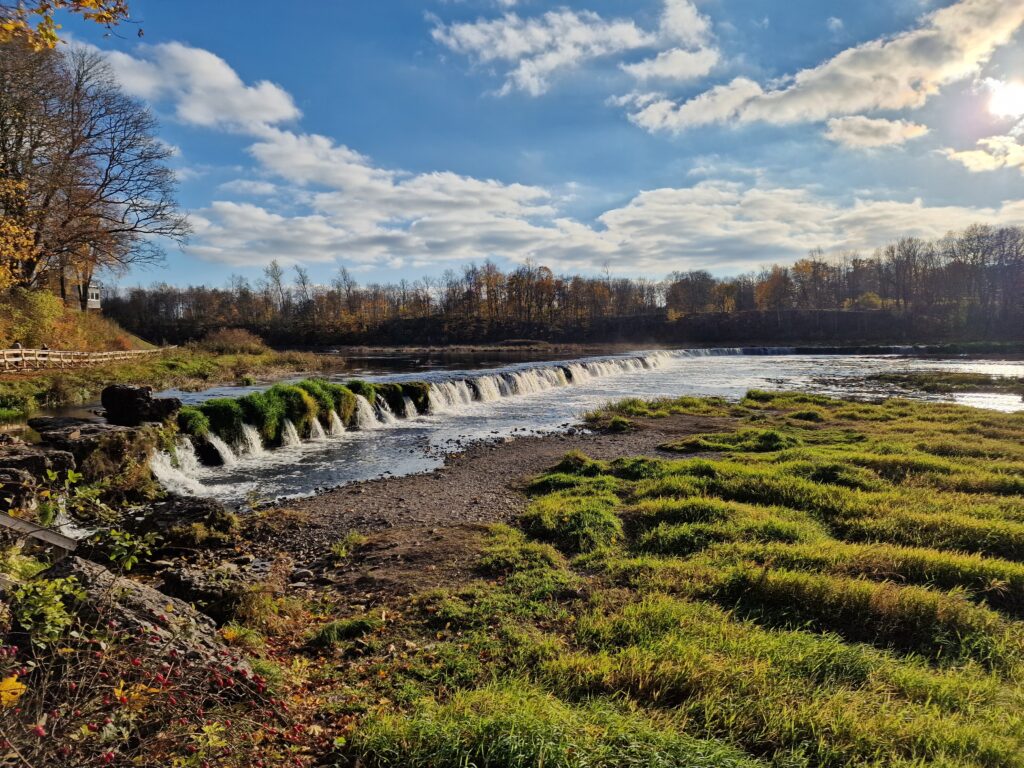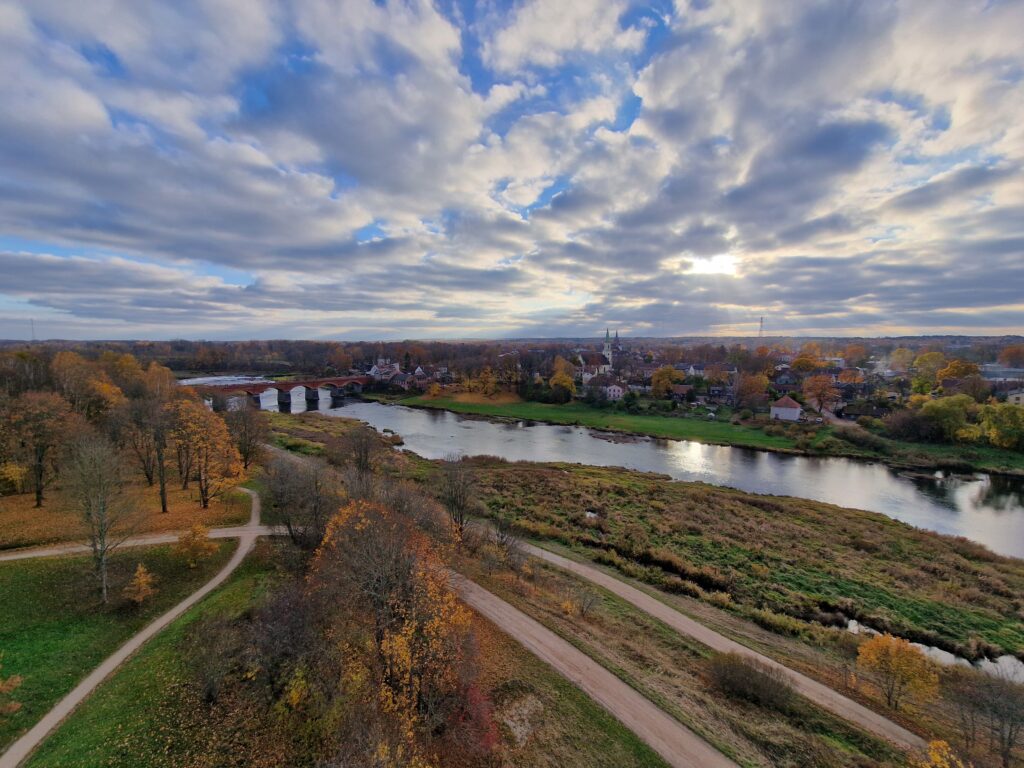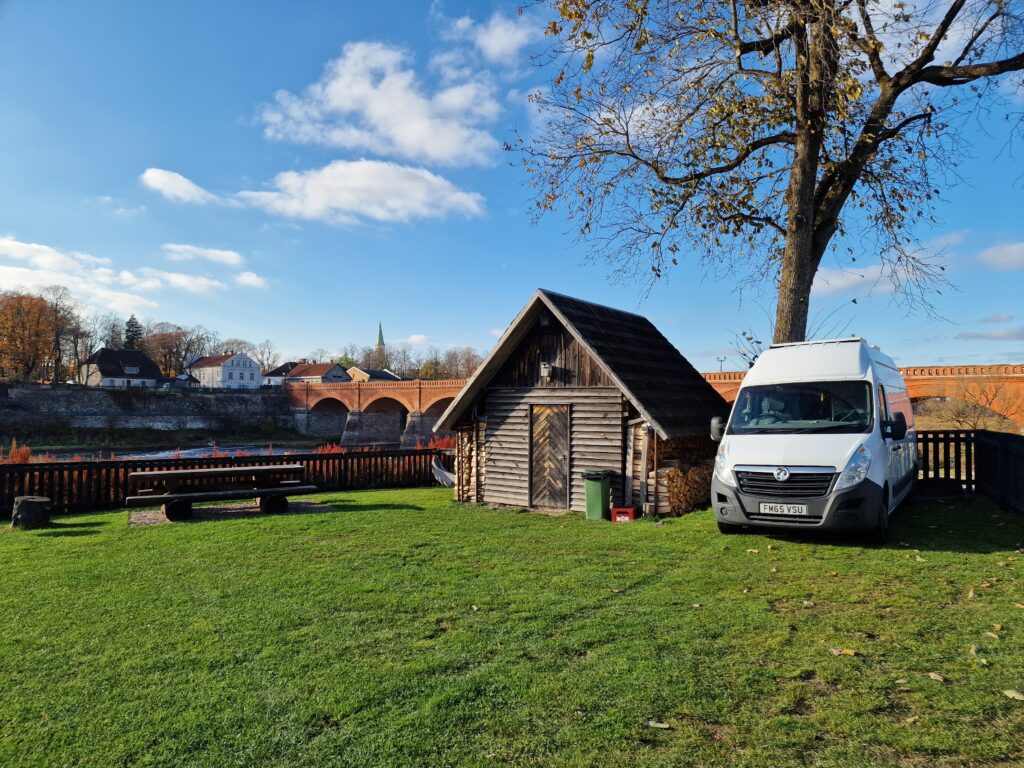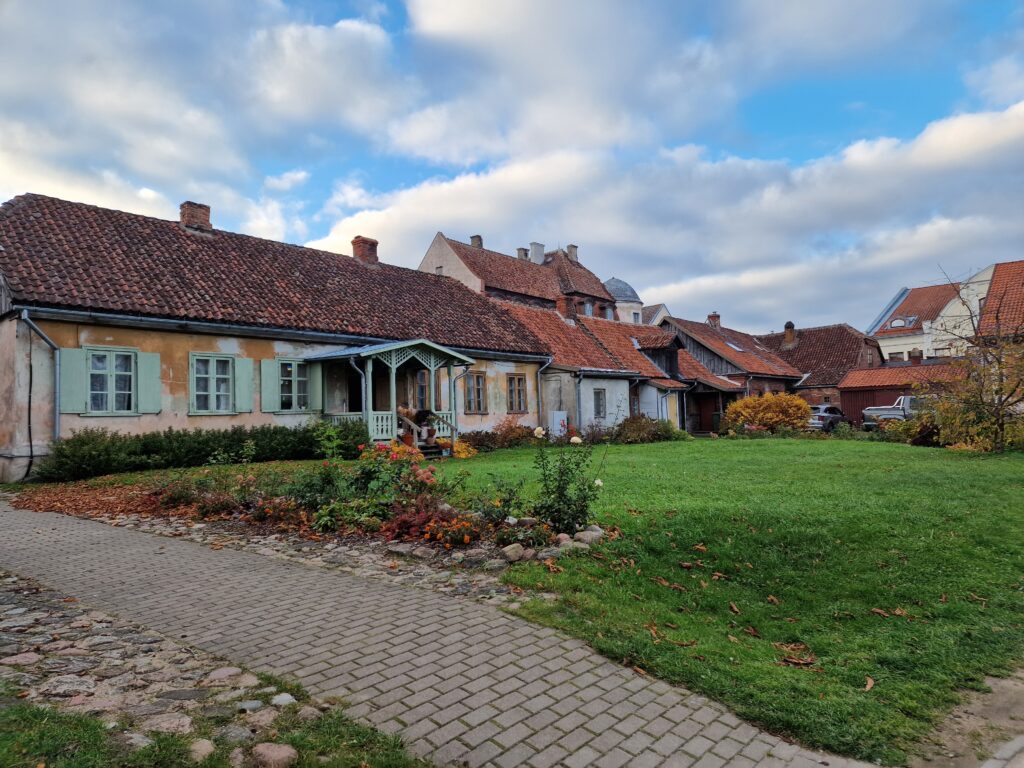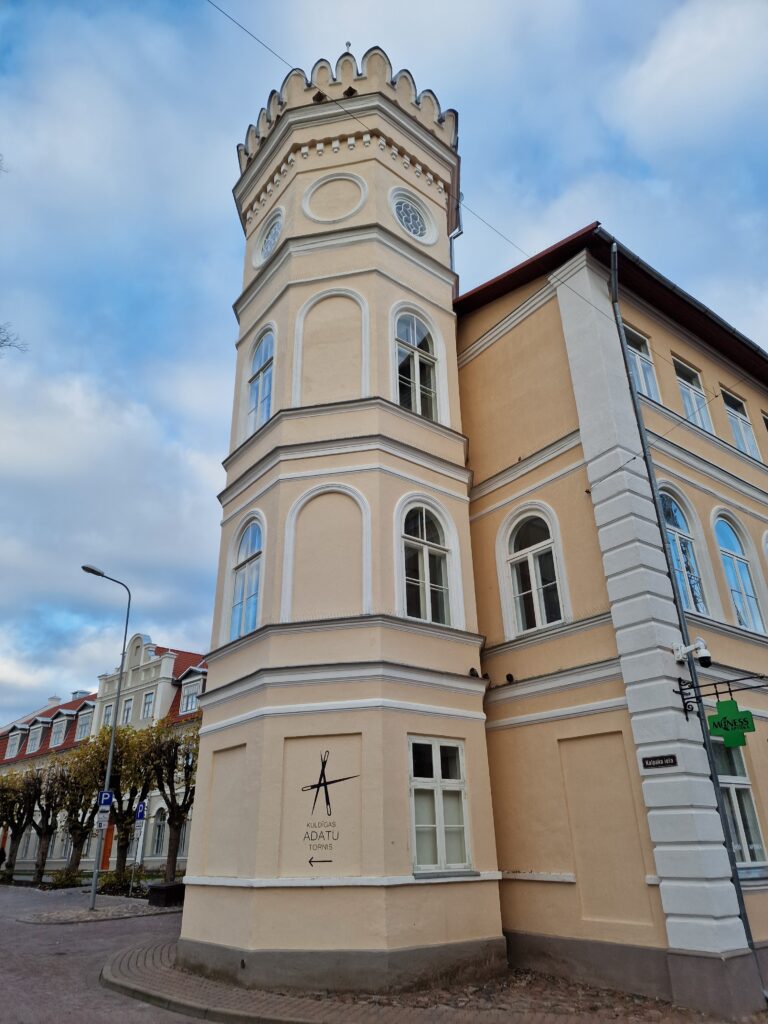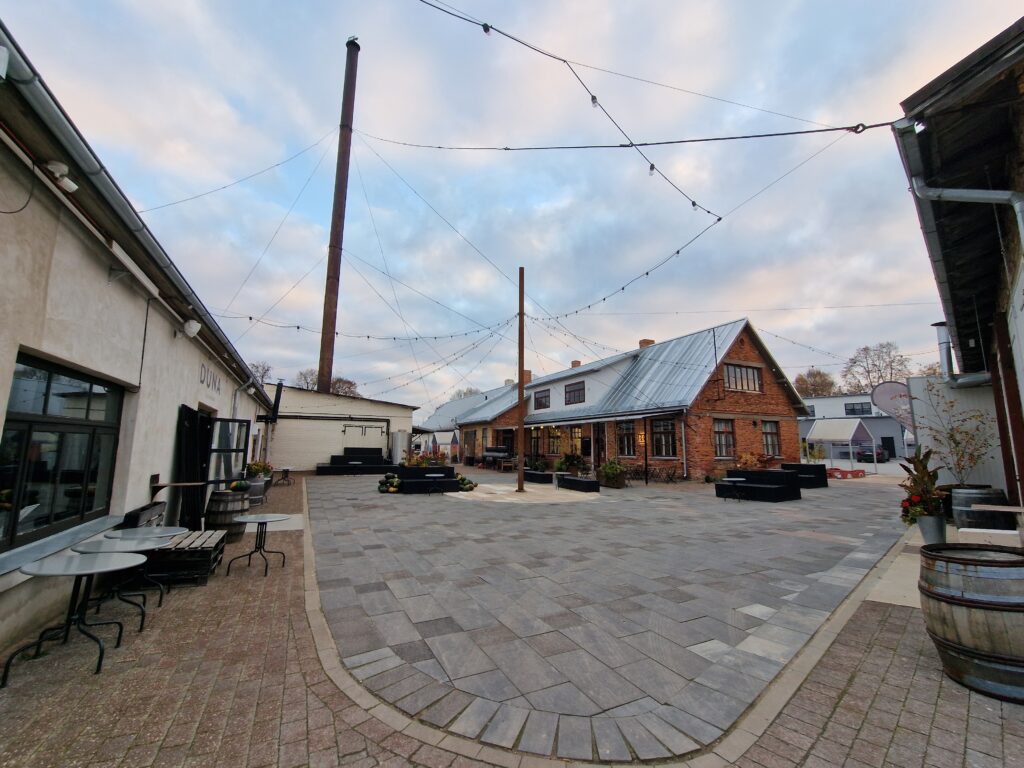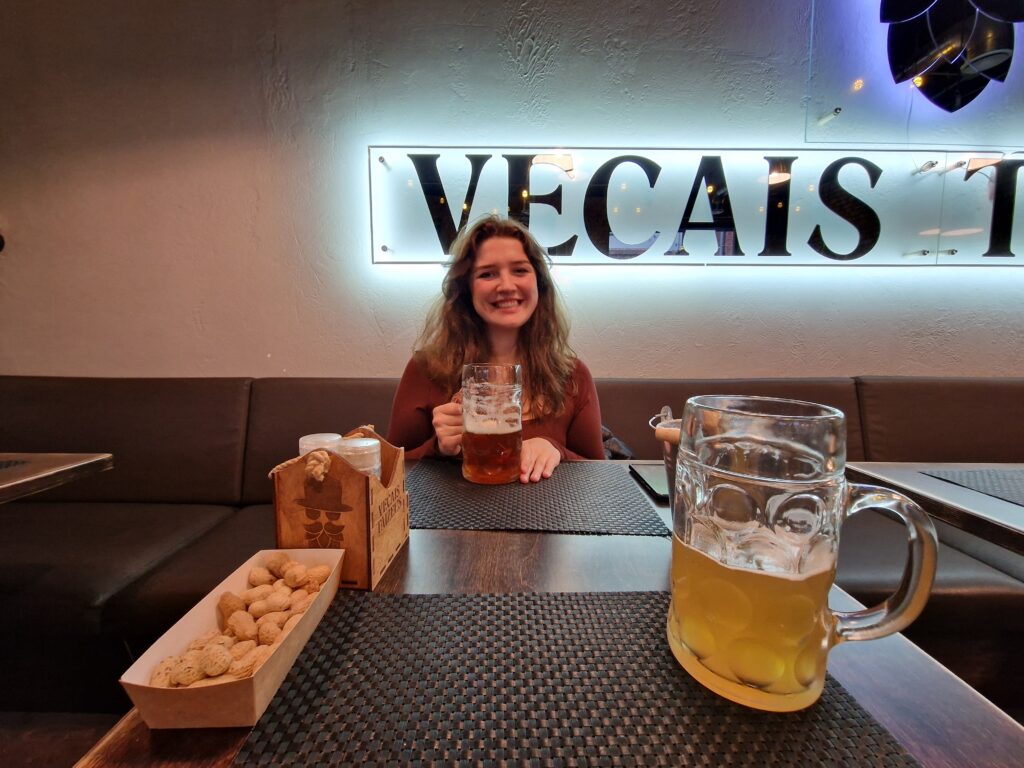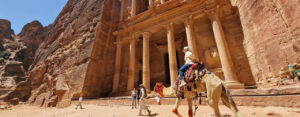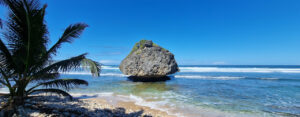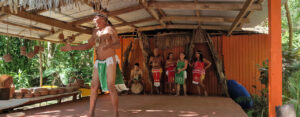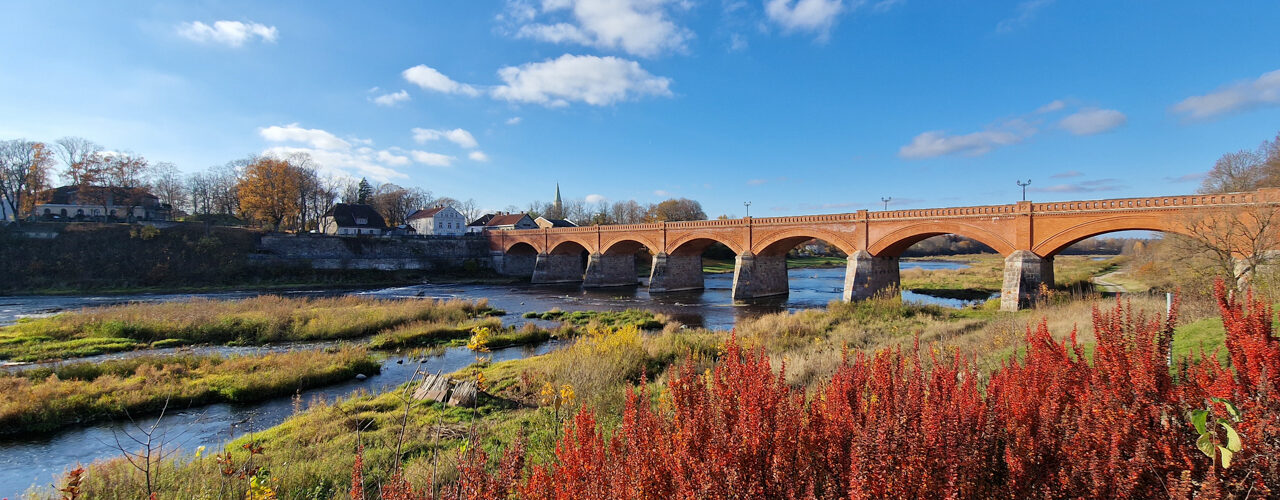
Ventspils the Beans
We woke up to a distinctly grimmer day in Riga, the late-Autumn weather having finally caught up with us. Our first stop was the colossal Riga Central Market, Europe’s largest and a UNESCO World Heritage site to boot. The market’s five pavilions were originally repurposed from German Zeppelin hangars, so the structures had that perfect mix of Cold War-era functionality and a slight attempt at elegance, courtesy of some Neoclassical and Art Deco touches. The place was so vast that we half expected to see a Zeppelin still moored somewhere inside but, despite its interior scale, the market spills out into the nearby streets, where every square inch seems to be dedicated to selling something. We bypassed the bulk of canned mystery meats, faux fur hats, and inflatable flamingos opting for fresh breakfast pastries which were not quite Greggs standards, but passable.
After the market, we made our way back to the old town, where the damp and slightly chilly air was still lingering. Our destination was the Museum of the Occupation of Latvia, which provided a sobering but essential look at the nation’s tumultuous past. The museum was well-organized, with a mixture of personal stories, historical artefacts, and multimedia exhibits that conveyed the painful history the country has endured. What became immediately clear was the constant struggle Latvians have faced to preserve their identity, language, and culture, even in the face of overwhelming odds. From the brutal back-and-forth of control between the Nazis and the Soviets to the powerful 1989 Baltic Way protest, when over two million people formed a human chain spanning 690 kilometres across Latvia, Lithuania, and Estonia. This peaceful protest, a symbol of unity and defiance, was a catalyst in the eventual collapse of the Soviet Union just two years later. The museum not only illustrated the hardships of the past but also the resilience of a nation determined to remain its true self.
Ready to hit the road, we piled into Vishnu and made our way west, leaving the bustling capital behind for the quieter coastal town of Ventspils. Known for its giant cow sculptures and lengthy Baltic beaches, it certainly looked like the perfect seaside getaway. In practice, late autumn Ventspils had a distinctly forlorn feel. The wind greeted us like a wet towel to the face—relentless and determined to ruin any hope of a pleasant stroll while most of the bars and cafes, bar the one in which we managed to find strong coffees, were shut for the season. Fortunately, the internet signal was strong enough to let us teach before we retreated inland, hoping for somewhere slightly more sheltered.
We rolled into Kuldīga, a town boasting one of Europe’s more questionable claims to fame: Venta Rapid, the continent’s widest waterfall. Now, when we say “wide,” it turns out that’s a relative term, as the waterfall only stands at a towering two metres. Still, it was nice to see something that wasn’t necessarily a traditional tourist draw still managing to get attention for being distinctly unusual. But the falls weren’t the only reason Kuldīga caught our eye. The town itself had a beautiful historic centre with a charming patchwork of traditional buildings and quaint character. We ended up finding a fantastic spot for Vishnu in the garden of a grand farmhouse, right next to the falls, an idyllic setting to spend the evening.
The following morning, we took one last detour through the Latvian countryside, making our way to Liepāja on the coast. Known for its burgeoning hipster scene and the fact that it has some of the best microbreweries in the country, the city had an energy to it that contrasted nicely with the more laid-back towns we’d visited since Riga. We ended up spending the evening in a warehouse-turned-bar built a bit like an American barn and full of random bits of music memorabilia. It also happened to be the place where the “Latvian Elvis” was scheduled to perform that evening. Naturally, we weren’t about to miss the chance to see the Baltic king of rock ‘n’ roll in all his glory.
Lowri, as always, wasted no time making friends with the locals, using her near-perfect Latvian to find a couple of dance partners who were all too eager to join in some, shall we say, “distinctively unhinged renditions” of classic tunes, which I’m sure no one else will ever hear in quite the same way again. It was, though, a huge amount of fun. Even I, whose dancing skills are best described as non-existent, found myself dragged into the commotion. Before long, the whole bar was gyrating to “Jailhouse Rock,” in a way befitting the King himself. A perfectly surreal ending to our week in the country. With aching feet and a questionable amount of dignity, we turned our sights towards Lithuania, where the most bizarre attraction in Europe—other than the Latvian Elvis—was waiting for us.
J
